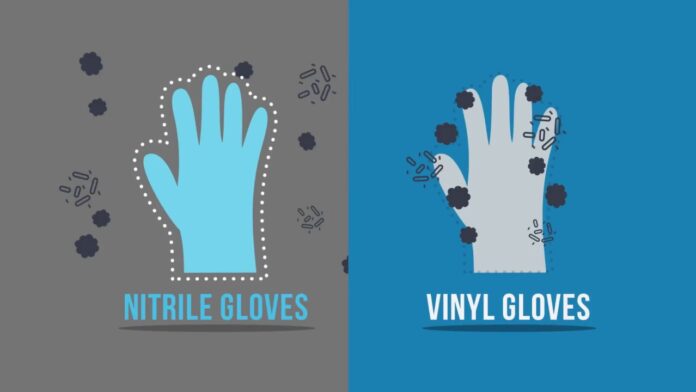
Practicing a high level of safety and health is imperative in all businesses regardless of size. As an employer or employee, you should be aware of the importance of wearing the appropriate safety gloves especially during this era of Covid-19.
They are an essential type of personal protective equipment (PPE). They help keep our hands clean and minimize the chances of us getting contact with germs and bacteria that can make us sick.
Depending on the industry and labor applications, a myriad of consequences such as puncture wounds, heat, and chemical burns, or needle stick injuries can come up as a result of improper use or unfit ones. Even a small cut can lead to infection and lost work, medical costs, and severe health complications.
When choosing between vinyl and nitrile, it can be a bit hard to determine which glove material is the better choice. Read more to take a deeper look at the traits, advantages, and drawbacks of each type of glove.
Nitrile Gloves – All You Need to Know
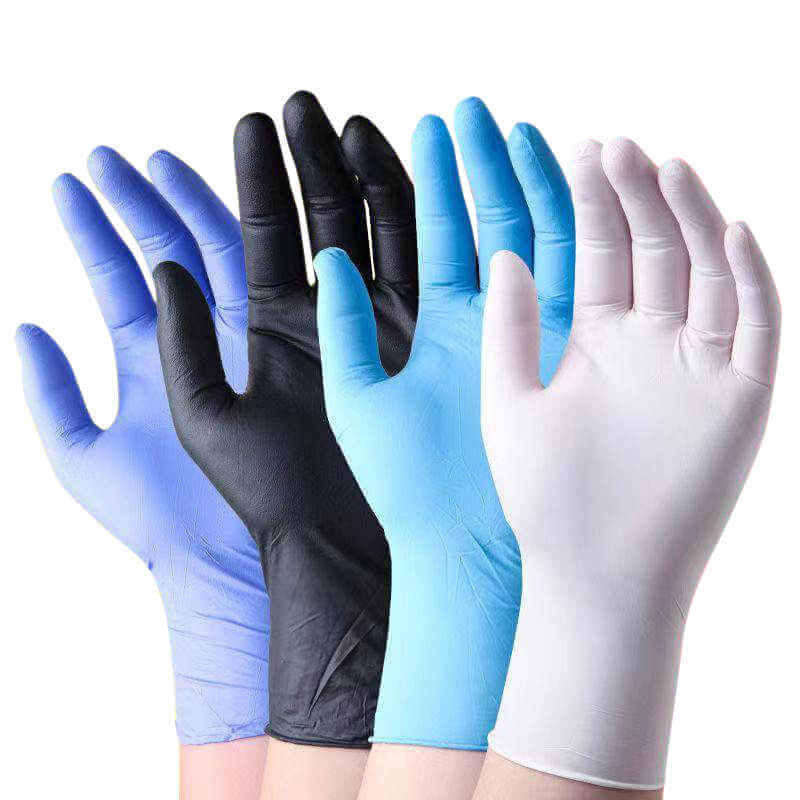
Nitrile gloves are made from nitrile material, a synthetic rubber copolymer of butadiene and acrylonitrile. Whereas latex is a naturally occurring fluid present in over 20,000 species of plants, nitrile is a by-product of petroleum made in a laboratory.
This material is fast becoming a top choice for disposable gloves because it does not cause allergic reactions like latex, which is natural rubber.
Nitrile rubber is also more resistant to several acids and oils than natural rubber hence why it’s becoming popular but it’s not as flexible nor as strong.
General Characteristics
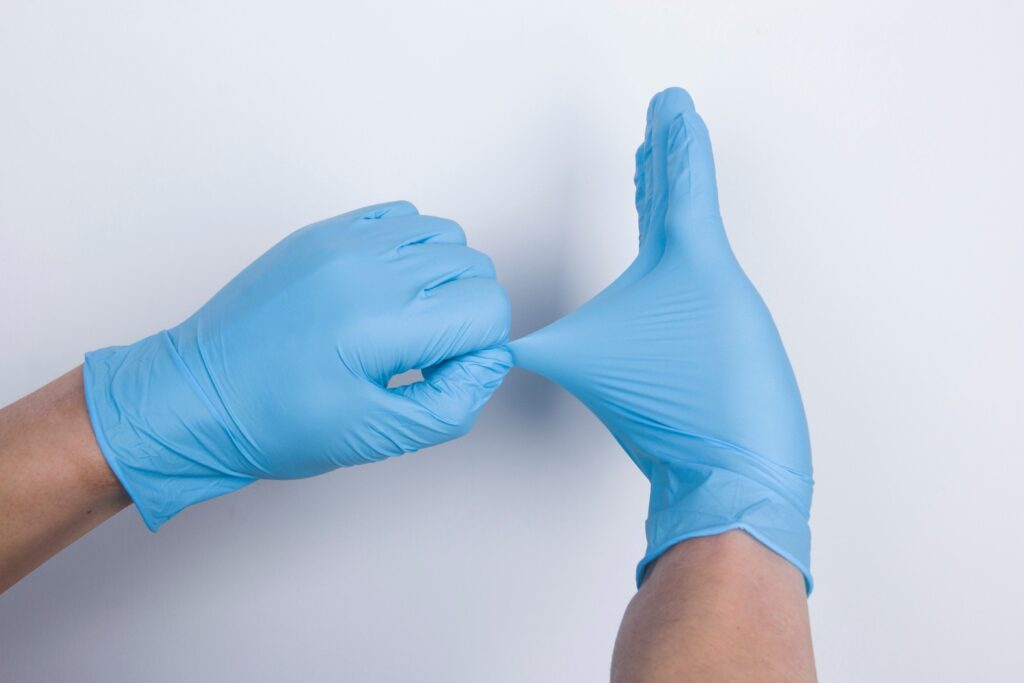
- They are puncture resistant.
- Latex-free.
- They are highly durable and have a long shelf life.
- Mold around the wearer’s hand for a great fit.
- Can be worn for extended periods.
- Work well during high-risk situations.
Brief History of Nitrile
A shortage of natural rubber during the first world war motivated scientists from Russia to start experimenting with synthetic rubber. After the war ended in 1918, the demand for synthetic rubber ended after the natural rubber was once again available.
But the lack of natural rubber had already set the wheels in motion. American, Russian, and German scientists proceeded to explore the potential uses of synthetic rubber. By the mid-century, nearly 55 factories were producing synthetic rubber at twice the amount of the world’s natural rubber production before the war.
Benefits of Using Nitrile Gloves
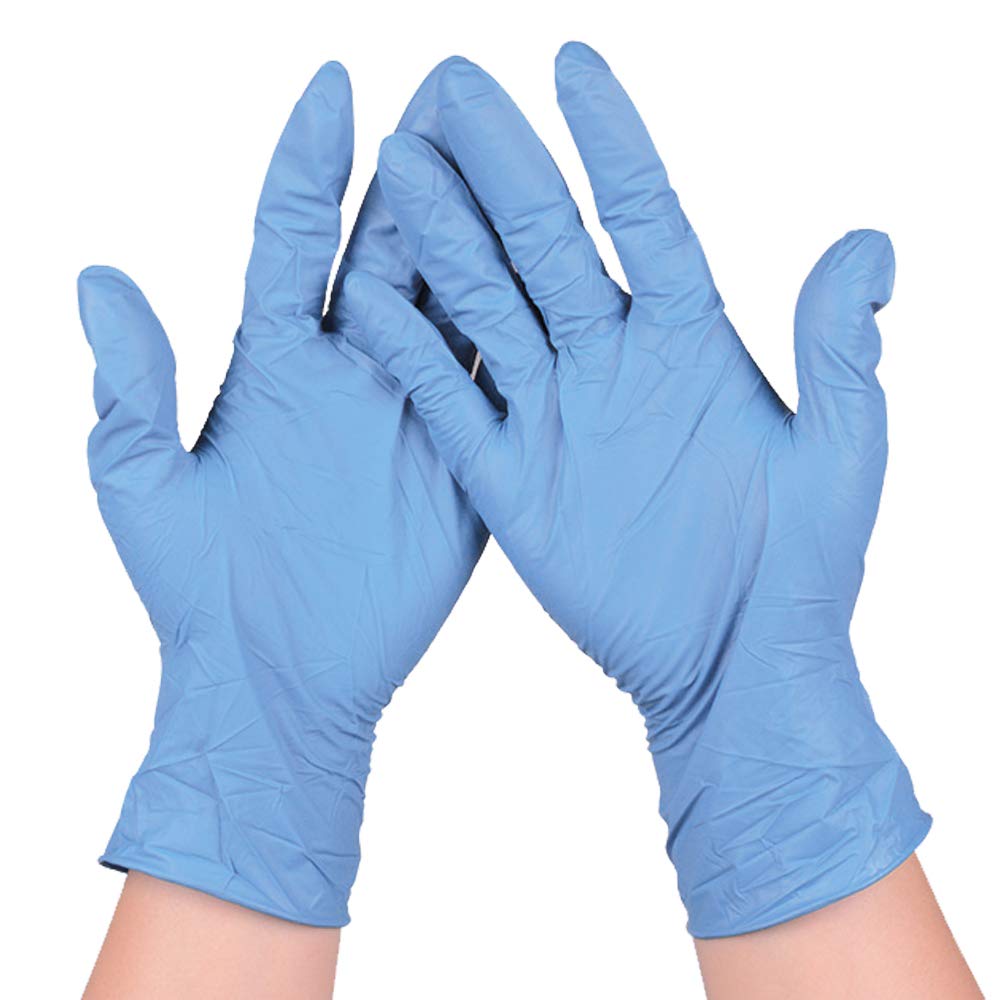
Disposable nitrile ones provide high performance across a wide variety of work applications and industries. To start with, they are highly puncture resistant (about 4 times more as compared to latex).
People whose line of work involves potential exposure to pathogens and other possible environmental contaminants use nitrile ones approved for medical use. These gloves are also powder-free meaning the wearer won’t have to be concerned about messy powder as they go about their work.
Nitrile material is also a cheaper alternative as compared to latex and provides a much stronger barrier of protection thanks to its resistant nature. They also tend to conform to the shape of the wearer’s hand thus providing a comfy fit.
Nitrile gloves have a low resistance to friction. This makes it easy to wear and remove them. For people working in jobs such as food handling, tattooing, and healthcare provision, being latex-free makes nitrile gloves highly ideal since they will not cause an allergic reaction on the wearer as well as the customer or patient.
Vinyl Gloves – All You Need to Know
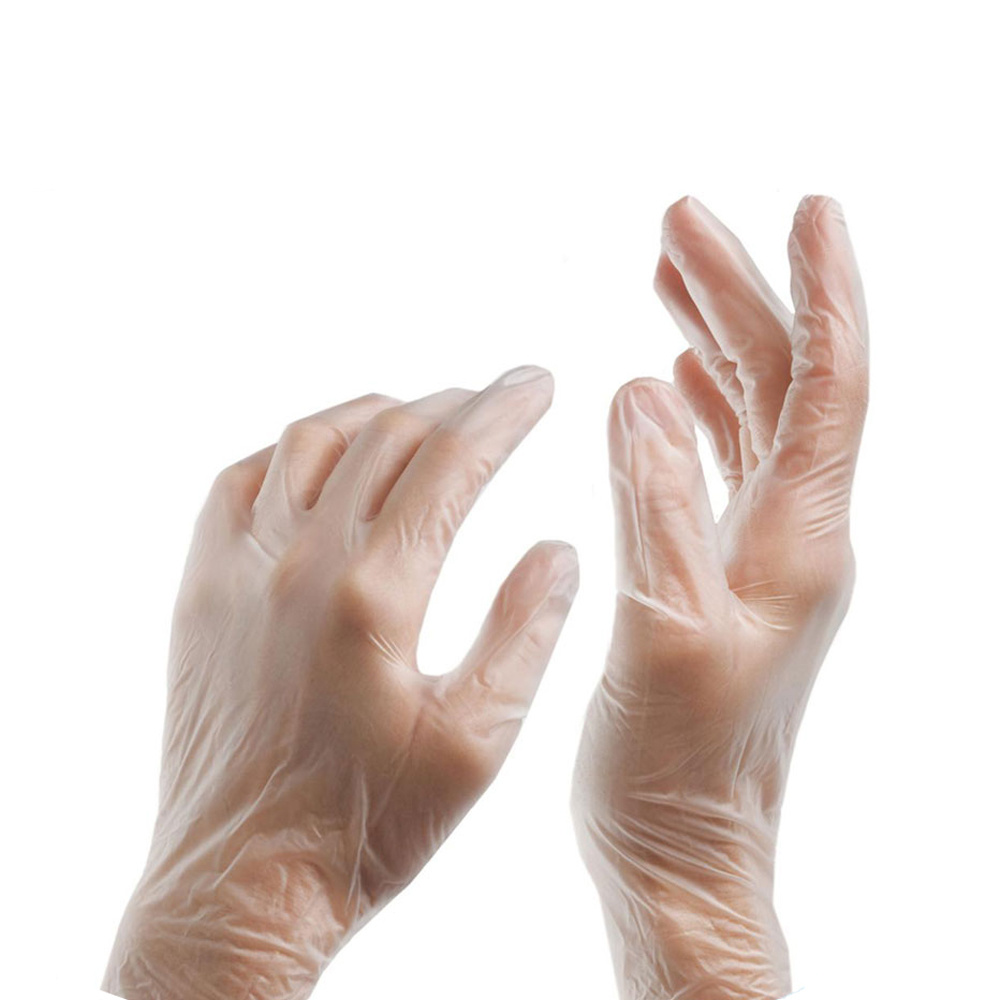
They are made from polyvinyl chloride plastisol and are a cheaper alternative to both nitrile or latex gloves. The material is rather soft and provides the wearer with a comfy, snug fit.
They offer exemplary resistance to liquids such as oil and grease but they are not as durable as nitrile gloves. This makes them easily prone to tears or punctures.
This low-risk nature makes vinyl ones the most popular type of disposable glove, especially in the food industry and in situations where protection and high levels of durability are not much of a requirement such as housekeeping. They are also not designed for long-term use.
Another reason behind why they’re so highly preferred is because despite them being made from latex, they do not pose the same allergy risk as latex gloves do.
However, since they’re made from synthetic material and not from naturally occurring substances as latex ones are, vinyl gloves do not have high biodegradability as compared to latex gloves and as such, are less kinder to the environment.
Traits of Vinyl Gloves
Below is a general overview of the properties of vinyl gloves.
- They are anti-static which means it prevents electrostatic charge.
- They are highly affordable.
- They are not ideal for use in handling chemicals or highly infectious compounds.
- They don’t allow for good skin breathability thus the wearer sweats a lot more as compared to nitrile gloves.
- They fit loosely which can be a drawback when used for certain jobs.
- They are latex-free which means they won’t cause an allergic reaction on the wearer.
Where Vinyl Gloves Are Used

Although nitrile gloves provide better resistance to damage, chemicals, and liquids, vinyl gloves are a highly favored choice of gloves in many professional settings. Some of the more common applications include:
Handling of Groceries and Vegetables
Vinyl gloves are deemed safe for people whose work involves food, moreso non-fatty foods. They are a good solution for work that involves constant removal and disposal of gloves such as customer food service roles.
Printing or Painting
Because of how easy they are to wear and remove as well as their resistance to liquids, vinyl gloves are an excellent choice for protecting hands from possible discoloration from dyes and paints.
Cleaning and Housekeeping
Vinyl gloves are ideal for low-risk cleaning work that does not involve contact with hazardous material like strong chemicals that could cause contamination.
Which One Is Best?
Ensuring that you have suitable ones on when engaging in activities where you could experience hand injury or contamination sounds simple. However, the reality is much more complex and a variety of significant factors have to be considered such as material, thickness, size, and reusability.
As far as material is concerned, the right type of glove for you depends on the nature of the work you want to engage in. Both nitrile and vinyl gloves are designed to suit different functionality so it’s up to you to decide.








